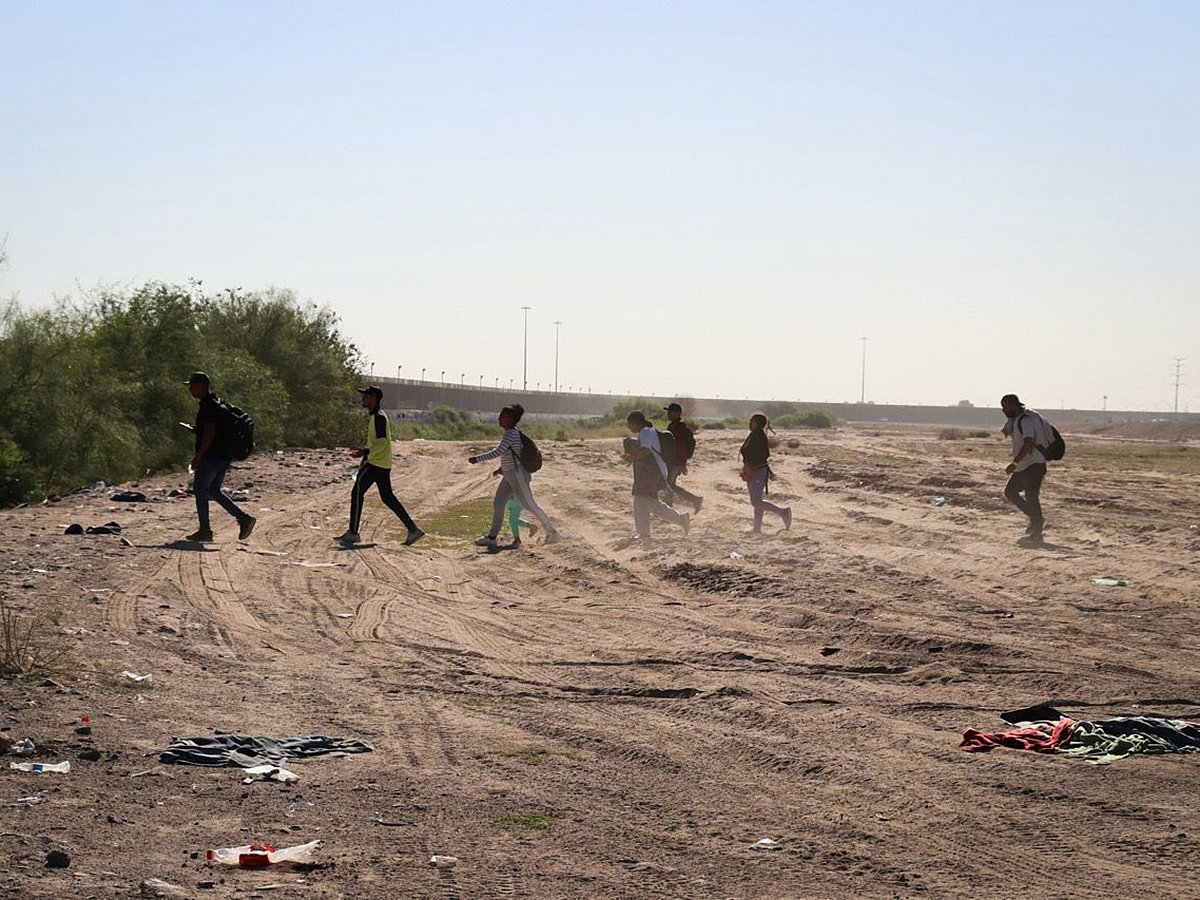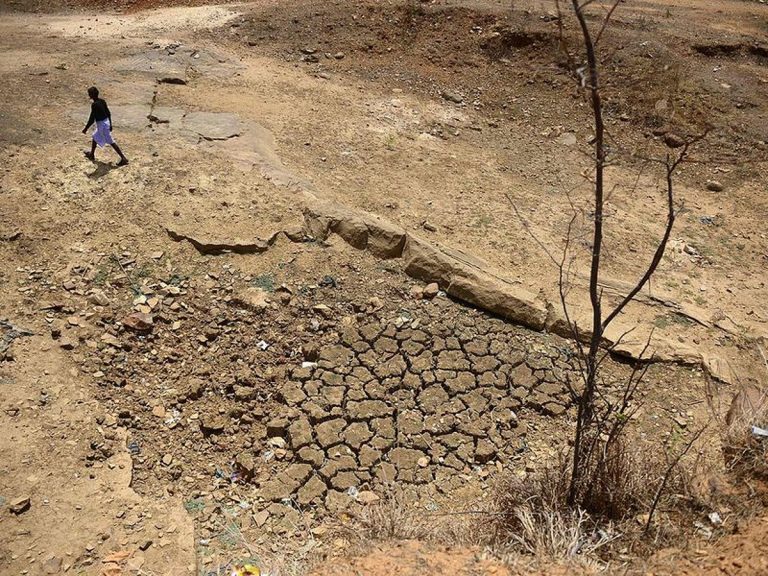Child Protection’s Essential Role in Sustainable Development
Child protection is a fundamental aspect of achieving sustainable development goals. As we move into 2025, the plight of millions of children still trapped in labor and exploitation highlights the urgent need for effective strategies to safeguard their futures. With a significant number of children facing hazardous conditions, it is imperative that we prioritize their protection to ensure a resilient and thriving society.
The Current State of Child Labor
As of 2024, approximately 138 million children, or about 8% of the global child population, are engaged in child labor. Alarmingly, 54 million of these children are involved in hazardous work that poses serious risks to their health and development. Although there has been a decline of over 22 million in child labor since 2020, the progress remains insufficient, particularly in sub-Saharan Africa, where 87 million children are still affected. The prevalence of child labor in this region has only slightly decreased, from 23.9% to 21.5%, largely due to population growth.
The Impact of Conflict and Climate Change
For many children, especially those living in conflict zones or displaced by climate disasters, the promise of a better future is overshadowed by immediate threats. Child protection must be integrated into sustainable development efforts rather than treated as an afterthought. Vulnerable children are often exploited in various ways, from forced labor in mines in the Democratic Republic of Congo to hidden domestic servitude in rural Morocco. In regions affected by conflict or climate change, many children become invisible to policymakers and aid organizations, exacerbating their vulnerability.
The Need for Preventative Initiatives
Addressing child exploitation requires proactive measures that restore dignity and provide support. Research from the Know Violence in Childhood initiative indicates that violence against children can cost countries between 2% to 8% of their GDP annually. Therefore, investing in sustainable pathways that protect children is not only a moral imperative but also a strategic economic decision. By ensuring that children can grow, thrive, and pursue their ambitions, societies can foster long-term stability and well-being.
Successful Solutions and Initiatives
Encouragingly, there are successful initiatives that demonstrate the effectiveness of child protection strategies. In Latin America, youth-led advocacy has led to significant legislative reforms regarding safe migration. UNICEF and various governments are working to promote birth registration, with Colombia granting citizenship to Venezuelan children born since 2015 to prevent statelessness. In Mexico, organizations like Plan International provide shelter, education, and mental health support to migrant children, showcasing a comprehensive approach to child welfare.
In South Asia, collaborations between NGOs and local authorities have successfully reduced bonded child labor. The International Labour Organization’s ‘PEBLISA’ initiative employs microfinance and legal enforcement to liberate bonded laborers and prevent new cases in Bangladesh, India, Nepal, and Pakistan. These examples illustrate that protecting children is not only feasible but also essential for triggering long-term social and economic benefits.
Shifting Perspectives on Child Protection
It is crucial to shift our perspective on child and youth protection from being an aspirational goal to a fundamental metric of progress. When children are safeguarded, societies become stronger. Empowering youth transforms the future from a fragile hope into a secure reality.
FAQs
What is the current global situation regarding child labor?
As of 2024, approximately 138 million children are engaged in child labor worldwide, with 54 million in hazardous conditions. Progress has been made, but significant challenges remain, particularly in sub-Saharan Africa.
How does child protection contribute to sustainable development?
Child protection is essential for sustainable development as it ensures that children can grow and thrive, which in turn fosters social and economic stability. Investing in children’s well-being leads to long-term benefits for society.
What initiatives are successfully addressing child exploitation?
Various initiatives, such as youth-led advocacy in Latin America and the ILO’s ‘PEBLISA’ in South Asia, have shown positive results in reducing child labor and protecting children’s rights through legislative reforms and community partnerships.
Conclusion
The protection of children is not merely a moral obligation; it is a critical component of sustainable development. By prioritizing child welfare and implementing effective strategies, we can create a safer and more prosperous future for all. The time to act is now, as safeguarding children today will secure a brighter tomorrow.
Also Read:
Pakistan Ends Day One at 313-5 Against South Africa







